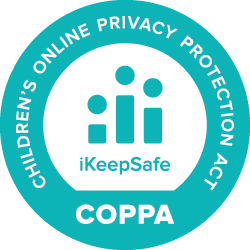Fluids
Every machine has moving parts that move against one another. This friction creates heat, wastes energy, and can cause damage. Lubricants reduce the friction when a machine runs, lowering the temperature and helping protect the parts.
Resource Title:
Fluids
Description:
Every machine has moving parts that move against one another. This friction creates heat, wastes energy, and can cause damage. Lubricants reduce the friction when a machine runs, lowering the temperature and helping protect the parts.
Target Grade Level:
Grades K - 12
Discipline or Course (Audience):
Science
Time Frame:
One 45-minute session
Suggested Grouping:
Individual
Key Vocabulary:
lubricant, friction
Remote Learning Adaptations:
This resource is appropriate for remote learning; no adaptations or modifications are necessary.
STUDENT CONTENT BELOW THIS LINE
Every machine has moving parts that move against one another. This friction creates heat, wastes energy, and can cause damage. Lubricants reduce the friction when a machine runs, lowering the temperature and helping protect the parts.
Figure 1: Machine gears with lubricant
Most of the oil that makes our machines like cars run smoothly comes from fossil fuels like oil. Most cars run on fossil fuels, too. Even though some newer cars run on electricity or bio-fuels, most of the older cars that are recycled contain gasoline or diesel and oil when it’s time for them to be processed. Oil, gasoline, and diesel are toxic to humans, most other living beings, and the environment.
There are other toxic chemicals in vehicles, too. Antifreeze is a chemical often mixed in the water that’s used to cool most cars. This prevents the water in the radiator and cooling lines from freezing in the winter. The most common antifreeze is ethylene glycol; in the plastics industry, this chemical is used as a precursor to polyester fibers and resins. It is also toxic. After it has been used in a car, it may contain additional toxic metals accumulated as the car runs.
For these reasons, the first step in recycling a car or bus is to carefully remove the fluids. Holes are drilled in the tanks and lines, then workers collect the fluids and separate them. They can often be used again because they have value. Used oil can be processed and used again in cars; it’s just as effective as new oil in keeping the parts running smoothly. Once processed, it can also be burned in furnaces for heat. Used antifreeze can be purified and re-used, too.
Reflect and Apply:
- Name two fossil fuels.
- What does the term "toxic" mean?
- What do gasoline, diesel fuel, and oil have in common?
- Why do machines need lubricants?
Extension:
Create a graphic that explains why automobile fluids should be recycled.



